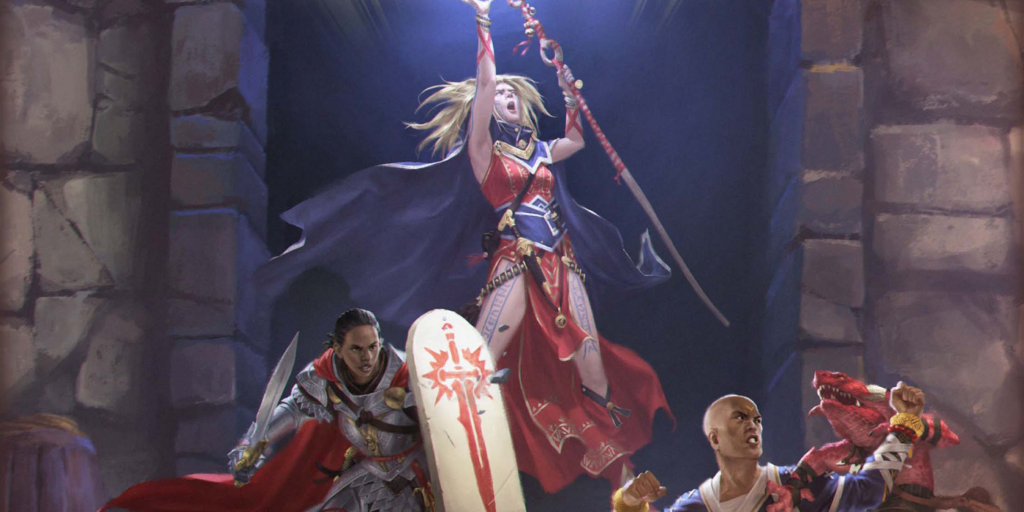Fight For Influence in Feudal Japan And Learn How To Play ‘Samurai’
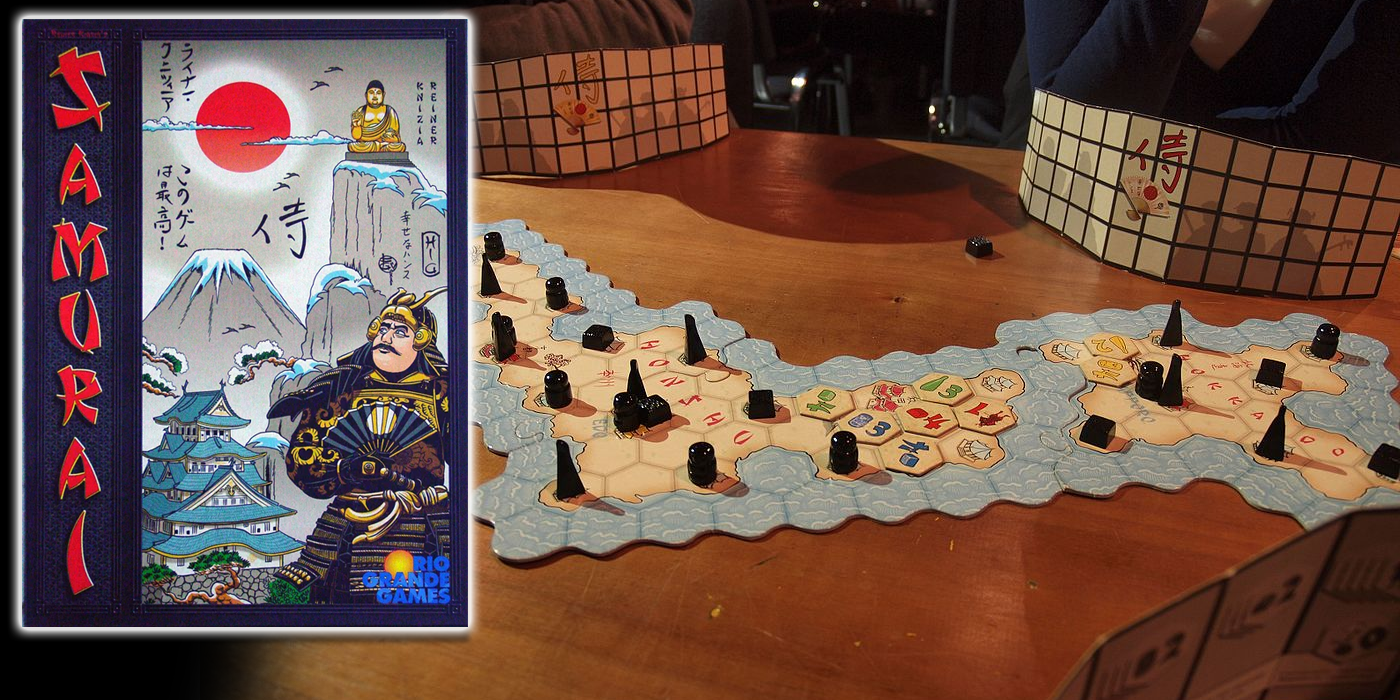
Learn how to play the classic area control game, Samurai.
Samurai was originally released in 1998 by Rio Grande Games, which also printed games like Power Grid, Dominion, and Elfenland. It’s a deceptively simple, but highly strategic, tile-laying game of area control, that I think feels very influenced by Catan. It’s also gotten many reprints, with the most recent English print by Fantasy Flight Games in 2015.
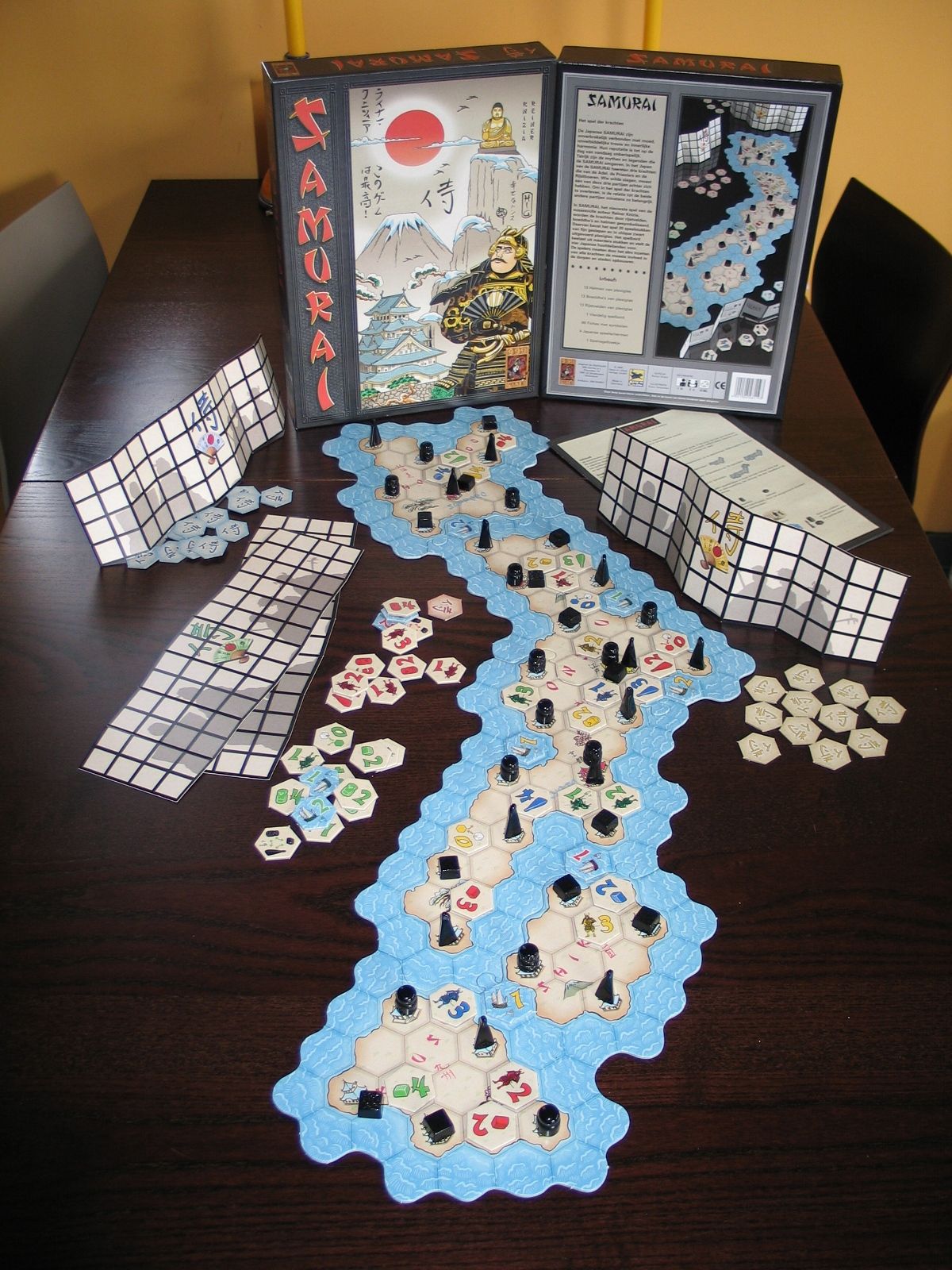
Courtesy of Board Game Geek
Overview of Samurai
In Samurai, players are competing to become the next emperor of Japan by gaining the admiration of the people by spreading their influence. The winner of each game is who can win the full support of one of the three castes of the populous, and enough additional support from the other two.
Setup
The game begins by randomly placing the civilian tokens on each of the cities around the board. They are rice paddies for the farmers, Buddhas for the religious, and high helmets for the nobility. The capital of Edo will have 3 tokens, the large cities will have 2 tokens, and the smaller villages will only have one. Each caste has a different token, and they are stunningly elegantly crafted.
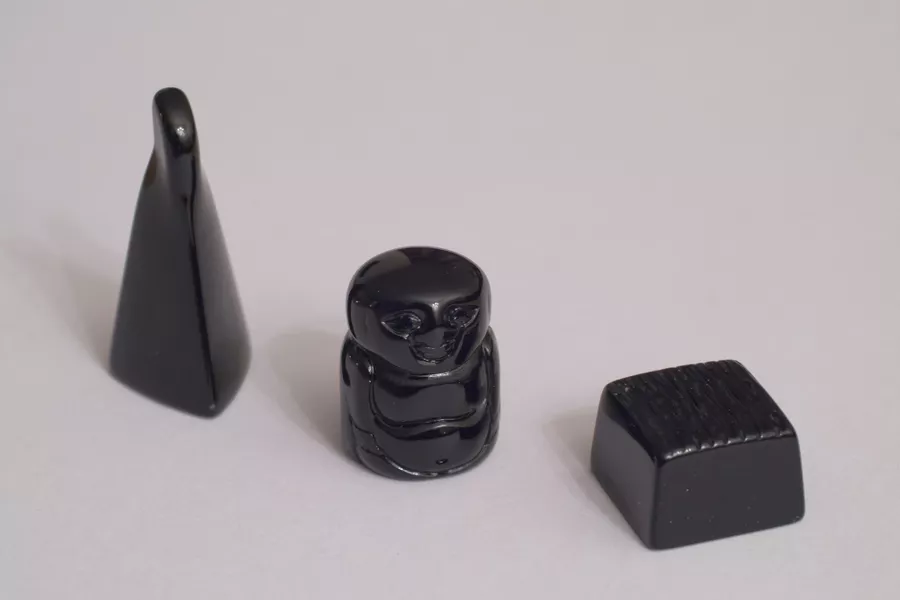
Courtesy of Board Game Geek
Each player will have a pool of tiles to use to spread their influence to the people. Each player takes all of their tokens and randomly picks five to start with. Alternatively, players can choose their starting hand of tiles, if playing a more competitive game. Either way, the tiles are hidden behind each player’s screen to be used on their turn.
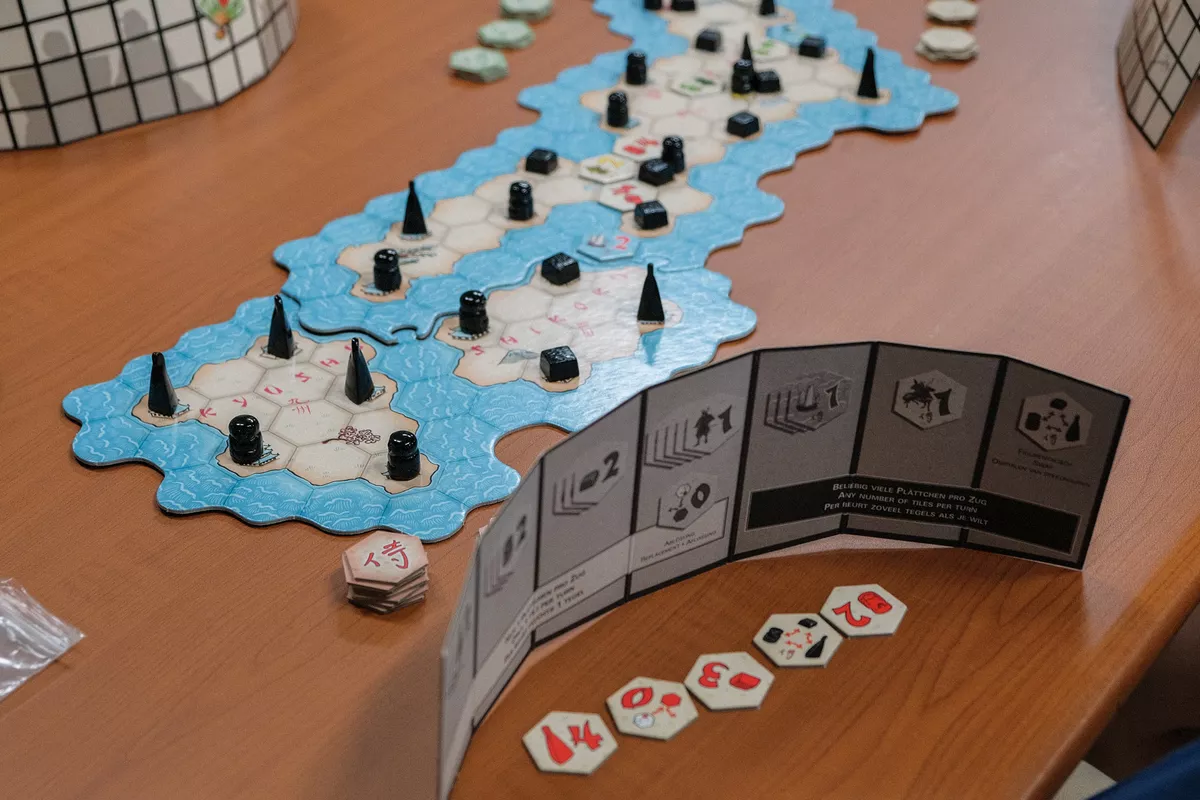
Courtesy of Board Game Geek
Gameplay
On each player’s turn, they will place a tile on the board. Most tiles will show an icon of one of the castes, and a number. Some tiles will have the kanji 侍, which means Samurai. These tiles are free to place. So, the player can place another tile after placing one of these tiles.
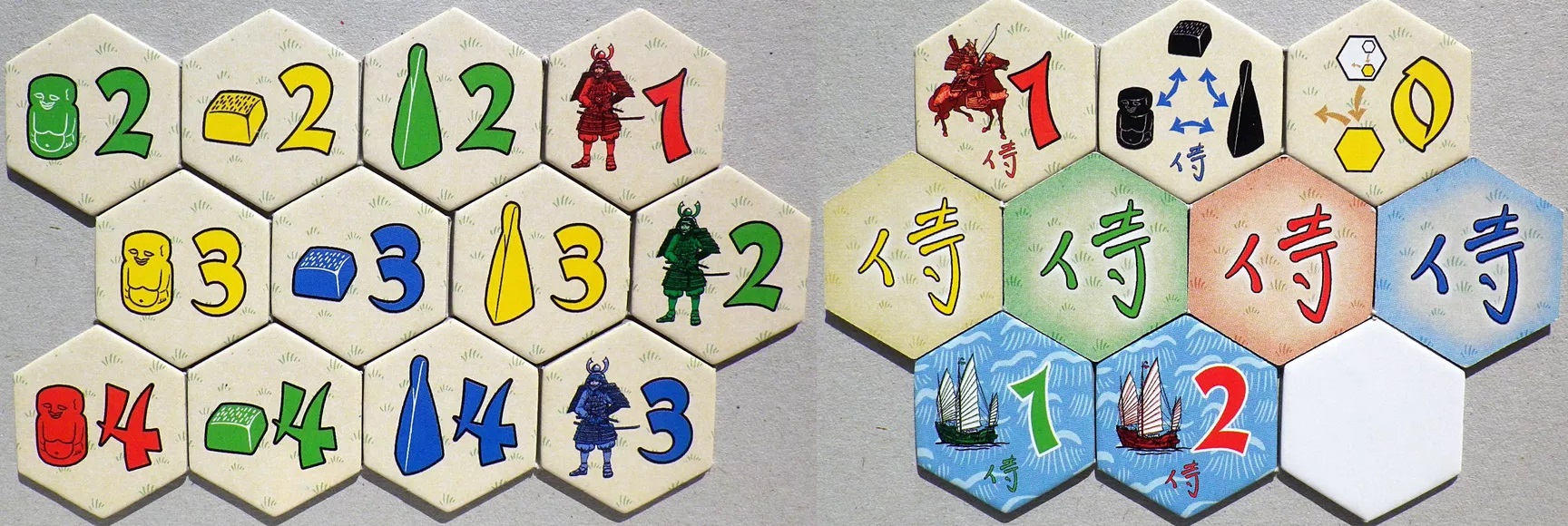
Courtesy of Board Game Geek
The goal is for players to surround each citizen token with their influence tiles showing that token. Once any token is fully surrounded on land, they are taken by the player with the highest total influence. But, only tiles with the matching icon to the token are counted.
So, a tile with a rice paddy only counts for rice paddy tokens, and will offer 0 influence towards collecting a high helmet token, for example. There are also Samurai, Ronin, and ship tiles, which are considered wild and can influence any tokens adjacent.
However, the ship tokens are placed on the water, obviously. But, remember tokens are collected as soon as they are surrounded on land. So, ships must be placed a little early in order to be used at all. Additionally, there are other types of tokens that manipulate the various tiles already on the board.
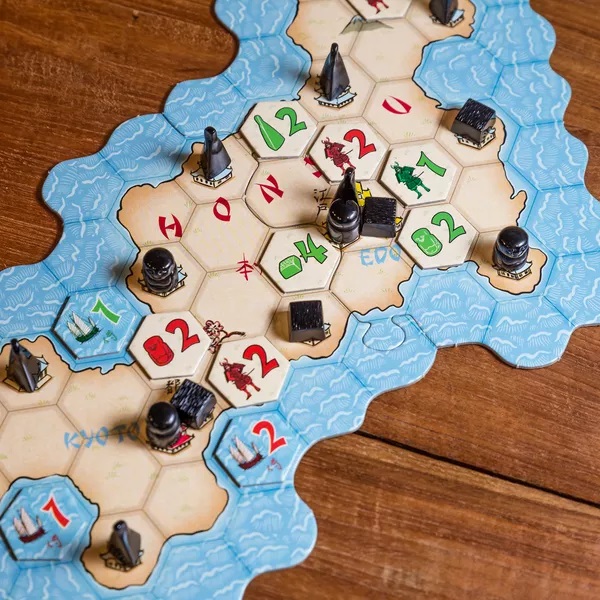
Courtesy of Board Game Geek
When played, the Figure Exchange tile is revealed then discarded. It allows a player to swap two tokens from anywhere on the board. The Token Exchange tile replaces any tile of the player’s color, then the replaced tile is immediately placed somewhere else on the board.
After placing their tiles, the player draws back up to 5 tiles behind their screen, and the next turn starts.
Winning Samurai
The game ends when one of two things happens:
- All of one caste of token is removed from the board
- Four tokens are set aside, due to a tie in influence when they are completely surrounded.
Once the game ends, scoring begins. If any player has captured the most figures of 2 or 3 types, they immediately win. Otherwise, an election of the citizenry starts. All players who have captured the most of one type of figure are eligible to win. Players with no “most” cannot win. Each player sets aside their most collected caste and count up their remaining collected tokens. Whichever player has the most collected tokens outside of their highest collected caste wins the game!

Green wins!
And that’s how to play ‘Samurai’!





